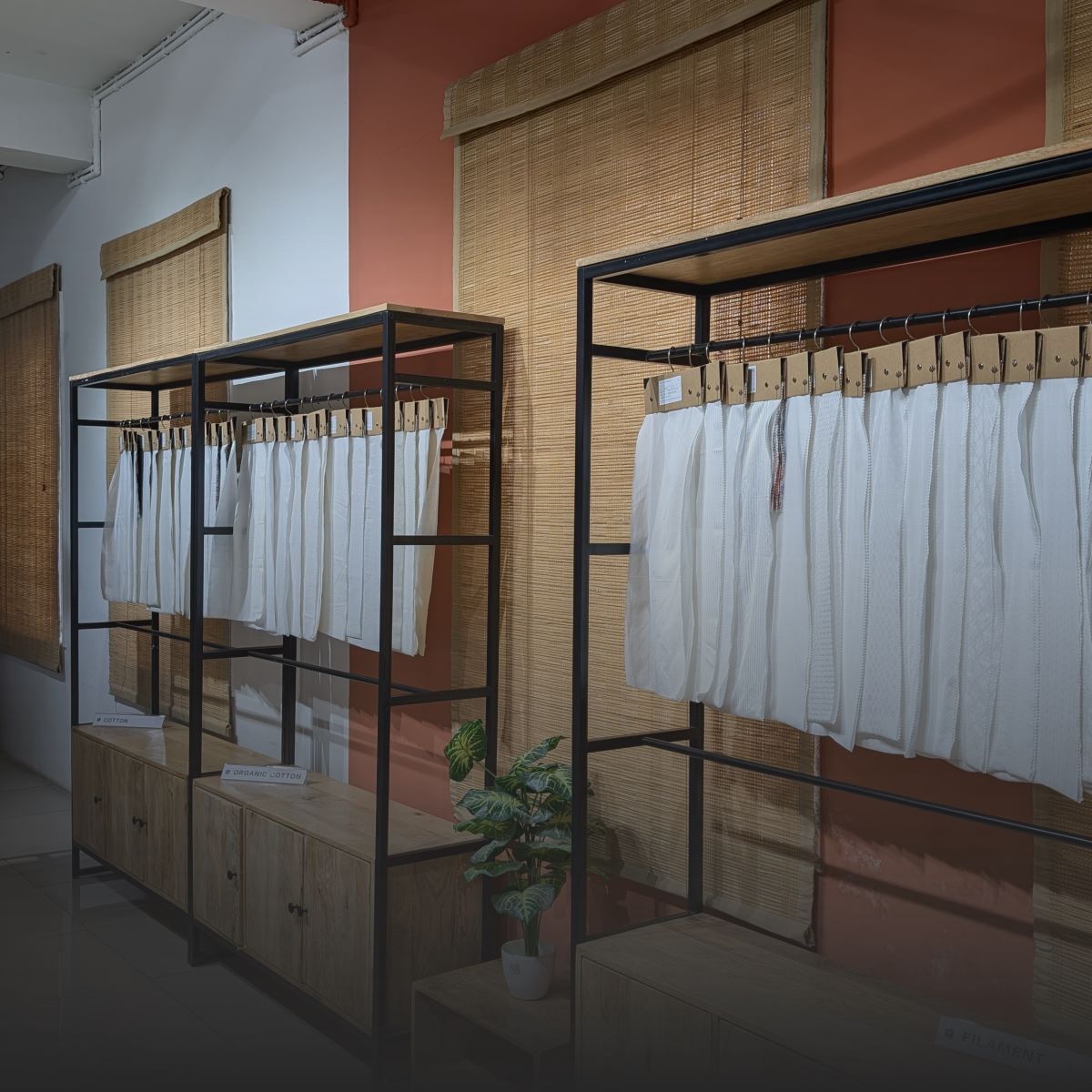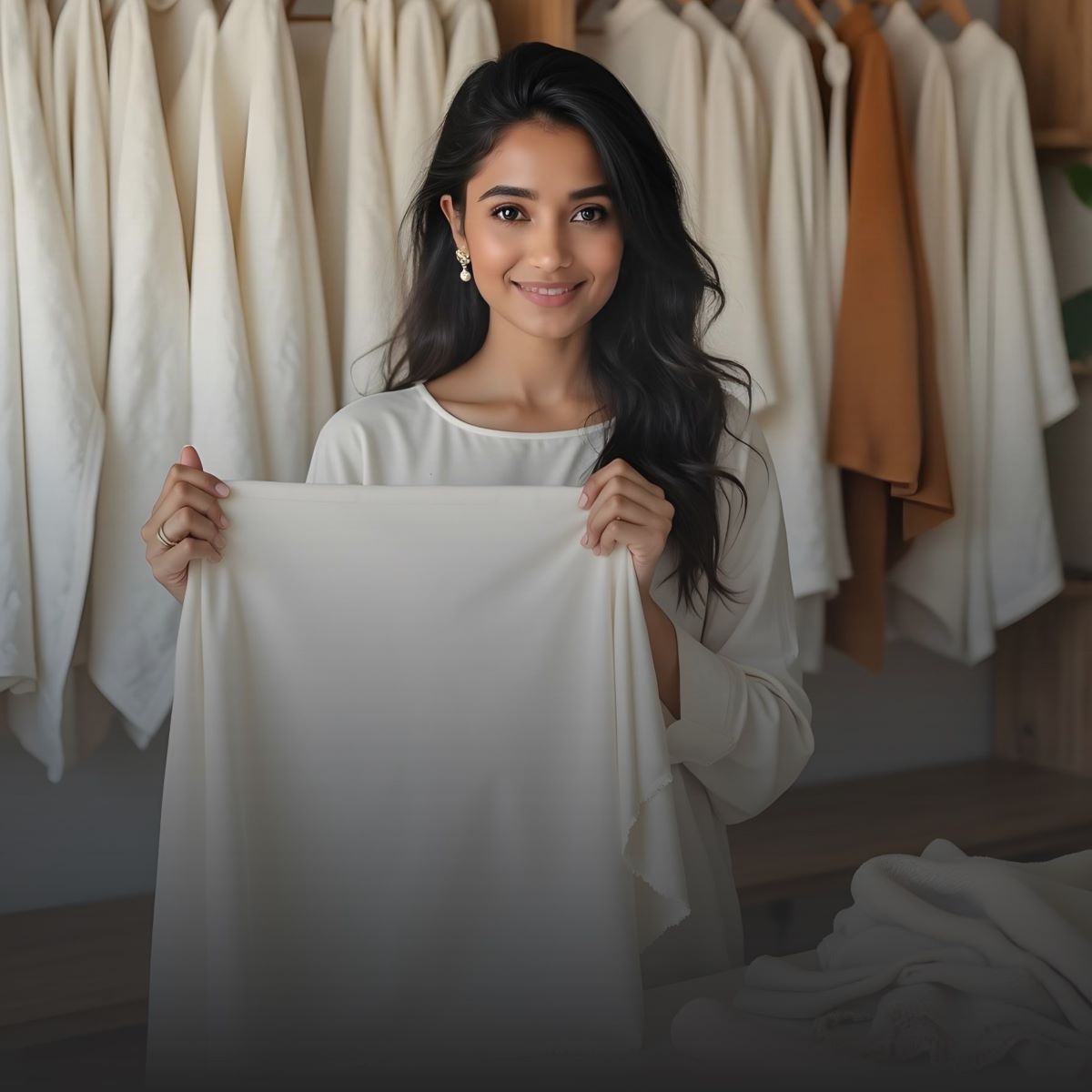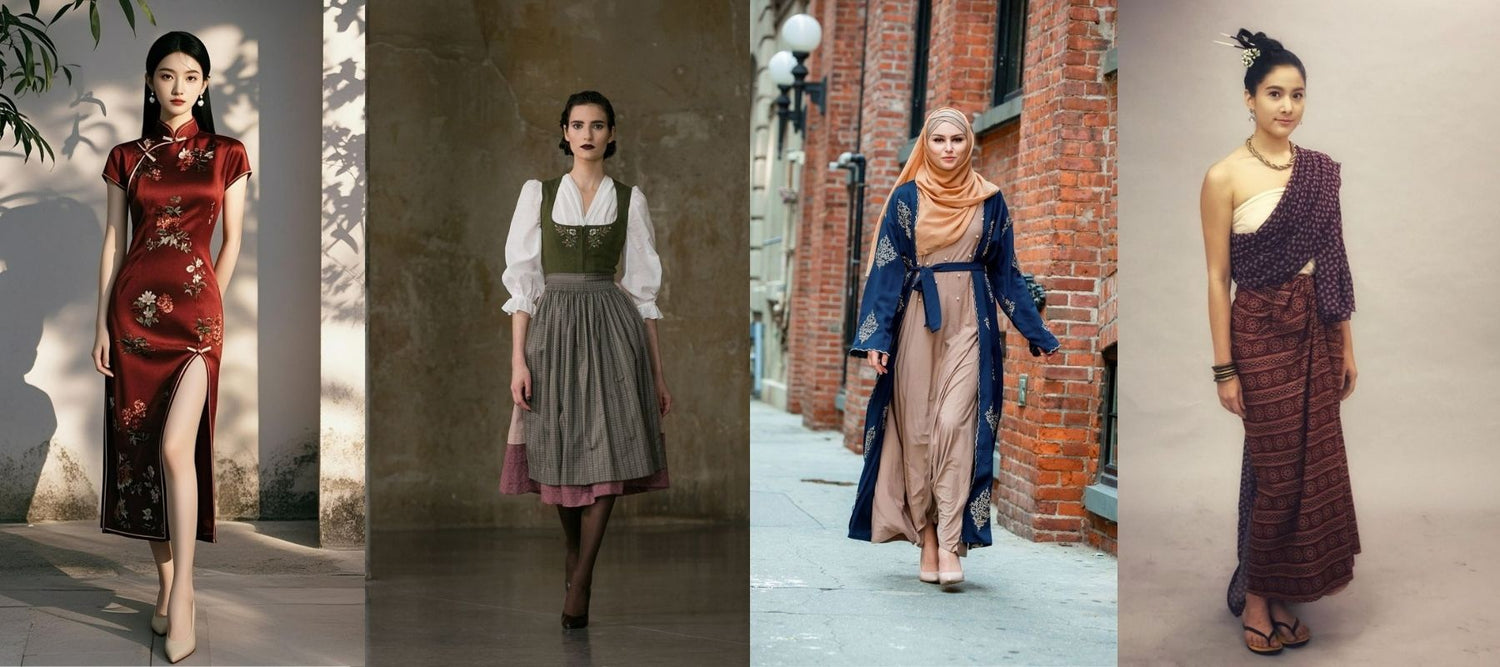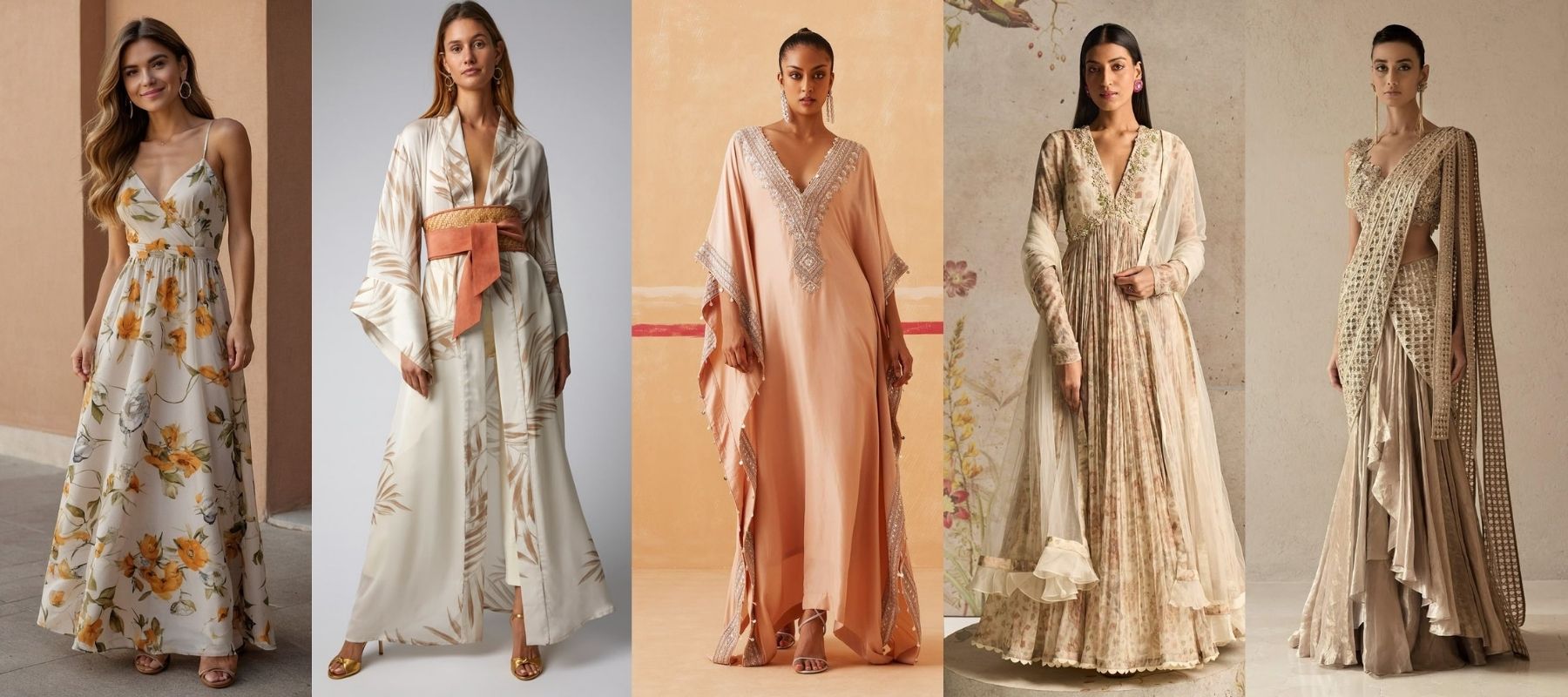Clothing is a strong way to express identity, culture and tradition. Women’s dresses show this connection in the most beautiful way. Across the world, each region has its own dress style. These styles reflect local customs, weather and values.
For example, sarees in India are bright and elegant. Kimonos in Japan show grace and balance. These dresses are worn for special occasions, like weddings, festivals and family celebrations. Many women wear them to feel proud of their heritage.
Today, traditional dresses have blended with modern fashion. Designers mix old patterns with new cuts. The result is stylish clothing that fits today’s lifestyle while still honoring its roots.
In this blog, we’ll look at how these dresses began, the different types and fabrics used and how to style them. We’ll also talk about what’s trending in each season. This guide will help you understand the beauty and meaning behind cultural dresses from around the world.
Origin and History
Women’s dresses have a long history. Long ago, clothes were made to suit the weather and daily life. Each culture created its own style.
In India, the saree has been worn for centuries. Its style and fabric may change, but it still shows grace and tradition.
In Japan, the kimono is a traditional dress. It was worn on special occasions and is still respected today.
In hot desert areas like the Middle East, women wore loose dresses like the abaya and kaftan. These were made from light fabrics to stay cool.
Over time, dresses changed. New fabrics and styles were used. Some designs became simple, others bold. But the meaning behind them stayed strong.
Types of Women's Dresses Based on Regional and Cultural Styles
Women’s dresses show culture and tradition. Here are four famous traditional dresses from different countries:
1. Qipao or Cheongsam (China)
The Qipao is a slim dress with a high collar and side slits. It became popular in 1920s Shanghai. It’s often made of silk and decorated with flowers or dragons. Women wear it for weddings and festivals. Today, modern styles are also worn daily.
2. Dirndl (Germany and Austria)
The Dirndl has a fitted top, a blouse, a full skirt and an apron. The apron knot can show if a woman is single or married. It’s made from cotton, silk or velvet. Women wear it at events like Oktoberfest.
3. Abaya (Middle East)
The Abaya is a long, loose dress worn in public. It is common in Saudi Arabia, UAE and Qatar. It’s usually black but now comes in stylish designs with lace and beads. It stands for modesty and elegance.
4. Sarong Dress (Southeast Asia)
The Sarong is a wrap-around cloth worn in Indonesia, Malaysia and nearby countries. It has bright colors and light fabric, perfect for hot weather. It’s worn at home, the beach or during festivals. Sarongs often hold cultural meaning.
Fabrics and Materials for Women's Dresses Based on Regional and Cultural Styles:
|
Dress |
Fabrics Used |
Purpose of Fabric |
|
Qipao / Cheongsam |
Silk, satin, brocade, cotton blends |
Silk and satin add shine for events. Cotton blends make it more casual and comfy. |
|
Dirndl |
Cotton, linen, wool, silk, velvet |
Cotton and wool for daily use. Silk and velvet for a rich festive look. |
|
Abaya |
Crepe, georgette, chiffon, jersey, satin |
Light fabrics keep it airy. Satin and embroidery are used for special occasions. |
|
Sarong |
Cotton, rayon, silk, batik |
Soft and cool fabrics suit warm weather. Batik adds cultural value and style. |
Styling Tips for Women's Dresses Based on Regional and Cultural Styles for Different Occasions:
|
Dress |
Occasion |
Styling Tips |
|
Qipao / Cheongsam |
Formal Events |
Silk or brocade in bold colors. Add pearl jewelry and heels. |
|
Casual Wear |
Cotton Qipao with short sleeves. Pair with flats and light makeup. |
|
|
Dirndl |
Festivals |
Cotton with floral prints. Add colorful apron, braids and a flower crown. |
|
Parties |
Satin or velvet with lace blouse. Add earrings and block heels. |
|
|
Abaya |
Everyday Wear |
Simple crepe or jersey abaya. Pair with flats and matching hijab. |
|
Special Occasions |
Embroidered abaya in rich tones. Add clutch, heels and soft makeup. |
|
|
Sarong |
Beach or Resort |
Bright sarong tied as a dress or skirt. Add flip-flops, a hat and sunglasses. |
|
Traditional Events |
Silk or batik sarong with kebaya. Add jewelry and sandals. |
Types of Women's Dresses Based on Regional and Cultural Styles for Different Occasions and Body Types:
|
Dress Type |
Best For |
Reason |
|
Qipao / Cheongsam |
Slim or curvy bodies |
Shows curves. Stretchy or loose styles give more comfort. |
|
Dirndl |
All body types |
Tight top and wide skirt make the body look balanced. |
|
Abaya |
All body types |
Loose and soft. Can add a belt for shape. |
|
Sarong |
Slim, curvy, athletic |
Can tie in many ways. Fits close or loose, depending on how it’s worn. |
Trending Garments for the Season:
|
Dress Type |
What’s Popular Now |
Where People Wear It |
|
Qipao / Cheongsam |
Light colors, short sleeves, floral designs |
Asian cities, parties around the world |
|
Dirndl |
Bright colors, pretty prints, lace tops, shorter |
Festivals like Oktoberfest, fashion shows |
|
Abaya |
Open style, soft colors, beautiful embroidery |
Middle East, South Asia, modest fashion lovers |
|
Sarong |
Batik, tie-dye, styles with slits for beach look |
Indonesia, Thailand, beach holidays |
Measurement Table According to Standard Size Chart:
|
Size |
Bust (inches) |
Waist (inches) |
Hips (inches) |
|
XS |
32 - 33 |
24 - 25 |
34 - 35 |
|
S |
34 - 35 |
26 - 27 |
36 - 37 |
|
M |
36 - 37 |
28 - 29 |
38 - 39 |
|
L |
38 - 40 |
30 - 32 |
40 - 42 |
|
XL |
41 - 43 |
33 - 35 |
43 - 45 |
|
XXL |
44 - 46 |
36 - 38 |
46 - 48 |
Conclusion

Traditional dresses are more than just clothes. They represent the culture, history and values of a region. Dresses like the Qipao, Dirndl, Abaya and Sarong show how fashion can have deep meaning and pride.
These garments have stood the test of time. They are still worn with respect and love across generations. Today, they can also be styled in fresh, modern ways while keeping their original charm.
Wearing such dresses can boost confidence and connect you to your roots. Try different cuts, fabrics and colors to see what fits you best. Explore both classic and new versions to find your own style.
Fashion grows when we blend tradition with creativity. So, enjoy wearing what speaks to you and let your outfit tell a story.




